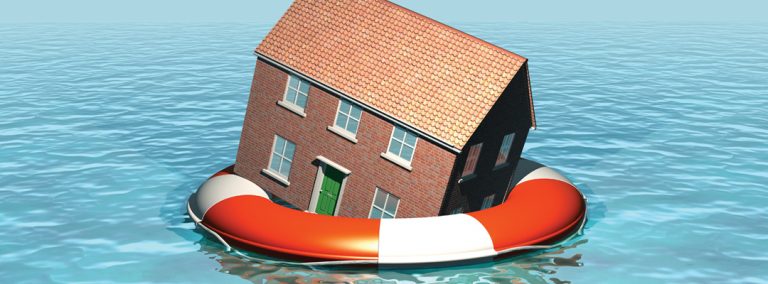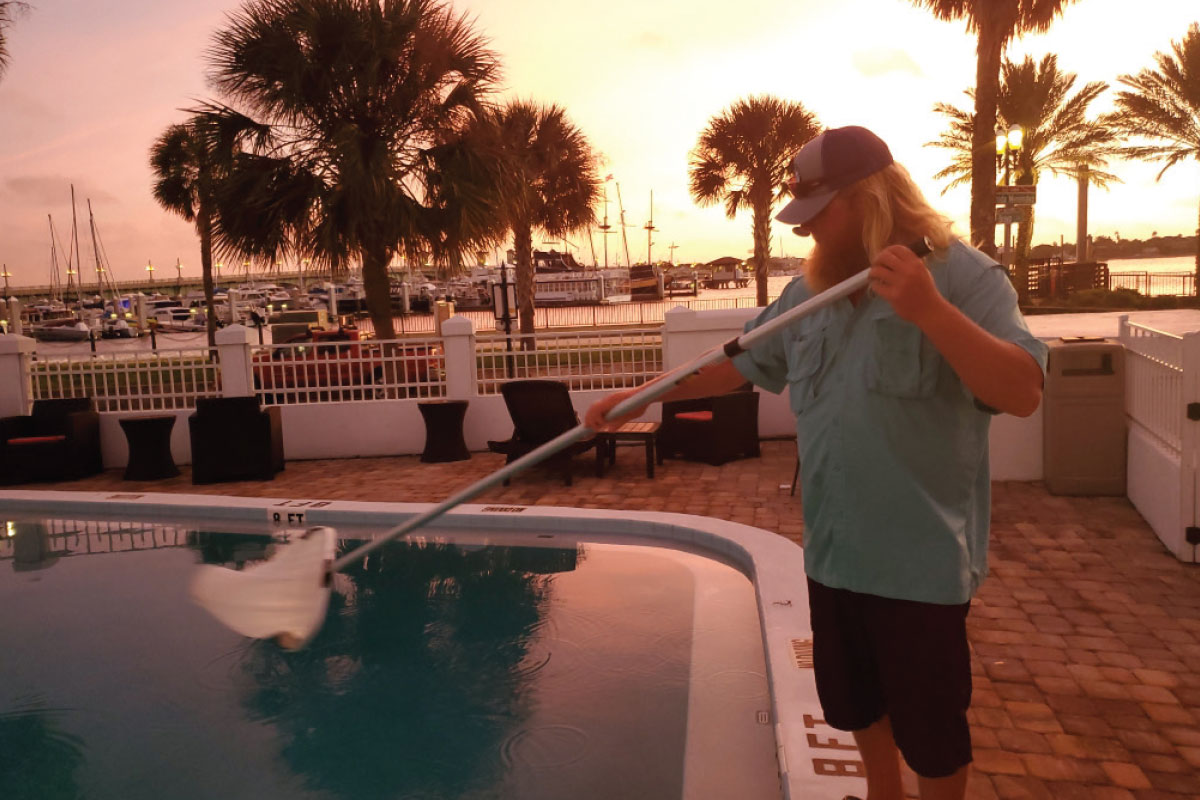Taking the Pint-Sized Plunge
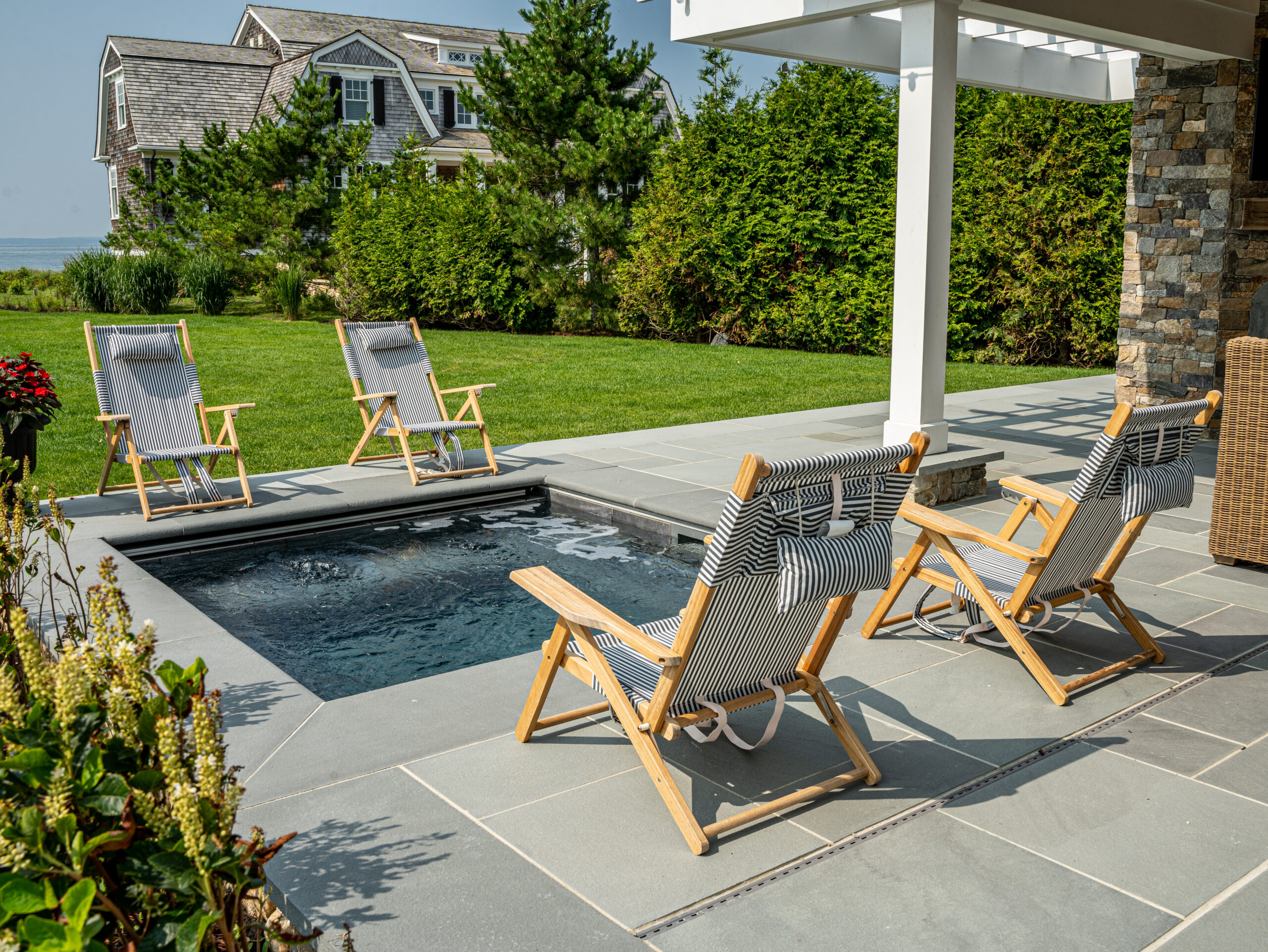
Plunge pools have been gaining momentum in the industry, and why shouldn’t they? Their compact size and smaller construction window make them an ideal amenity for any backyard — particularly for those who want more than just a place to swim. If you are unfamiliar with plunge pools, take a tour of the landscape. It’s a revenue stream that could have a big impact on your bottom line.
What are plunge pools?
A plunge pool is a smaller swimming pool designed for relaxation and cooling off. Although they can range up to the typical 10-foot by 20-foot size of the shallow end of a traditional pool, they are usually much smaller and range from 4-8 feet in depth. As a result, they are not designed for swimming laps or treading water but rather a quick dip on a sultry summer afternoon or a hot soak on a blustery winter day. More on that later.
Molly Snyder, marketing manager at Easton Select Group, says one of the biggest selling points is their smaller footprint.
“People are realizing with these smaller pools, you’re maximizing your backyard space,” says Snyder, whose suite of brands includes Plunge Pool Concepts. “So, you still have a pool, but you’re telling more of a story in your backyard and creating [a vignette] with a fireplace and a swing set and seating. It’s like your Zen space.”
Will Cappiello, product director for Latham Pool Products, agrees that since most people hang out in the shallow end of a pool or even on the steps, building an entire pool that mimics users’ preferred depth makes sense.
“The pool of the ’80s or ’90s, even that traditional pool with a small shallow end and a diving envelope with a concrete 3-foot deck and chain-link fence, has really evolved,” Cappiello says, whose fiberglass and vinyl plunge pool options offer fun-sized pools with full-sized fun.

Big benefits in building smaller pools
For brands like Latham, one of the benefits is in the construction — both for the homeowner and the builder, Cappiello says.
Most models are precast, so a portion of the construction is done off-site instead of in the homeowner’s backyard, he says. Additionally, the time it takes a builder to install a plunge pool is minimal compared to a traditional pool, which could limit backyard use for months.
“This is what we call bookending for the builders because within a week, they can fit a plunge pool in the spring or fall when their schedules may be a little bit more constricted because of the weather,” Cappiello says.
At Soake Pools in Pembroke, New Hampshire, co-owner Karen Larson points out that weather has other benefits for plunge pool possibilities, including year-round use. She says the fact that they can be used in combination with a heater-chiller means lower maintenance costs, as hiring someone for the opening and closing rituals is eliminated.
“There’s a huge cost savings in terms of the annual use being continuous,” says Larson, whose company manufactures precast concrete plunge pools.
Snyder notes that a heater-chiller also comes in handy to transform from a cold plunge to a warm spa with the flip of a switch.
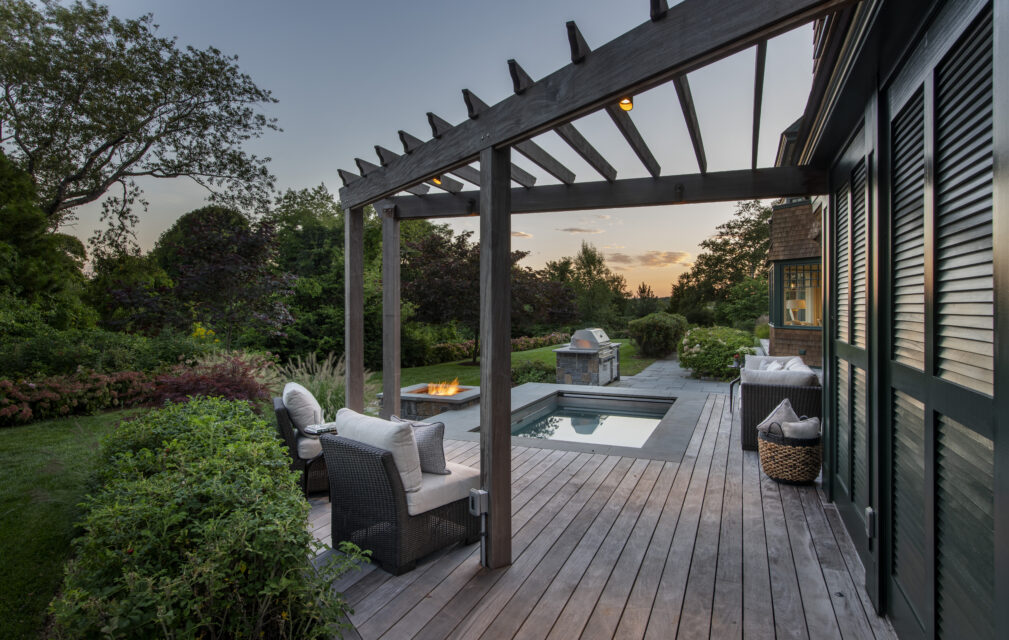
Cost savings and sustainability
For those who prioritize cost savings, it goes without saying that smaller pools mean less energy, chemicals and maintenance.
“You’re still doing everything the same as you would in a traditional pool, but it’s just on a smaller scale,” Snyder says. “So, it’s less chemicals and less surface you need to vacuum.”
In addition to lower heating costs and electricity use, Larson says there are sustainability benefits.
“You’re disturbing less land,” she says. “Having more green space is another win.”
With fewer construction vehicles needed on-site, emissions are lower, Snyder says. Auto covers also cut costs and boost sustainability, Cappiello adds.
“By covering the pool, you reduce evaporation, conserve water and help keep the pool chemistry balanced, so it’s less chemicals you’re using to maintain the pool,” he explains.
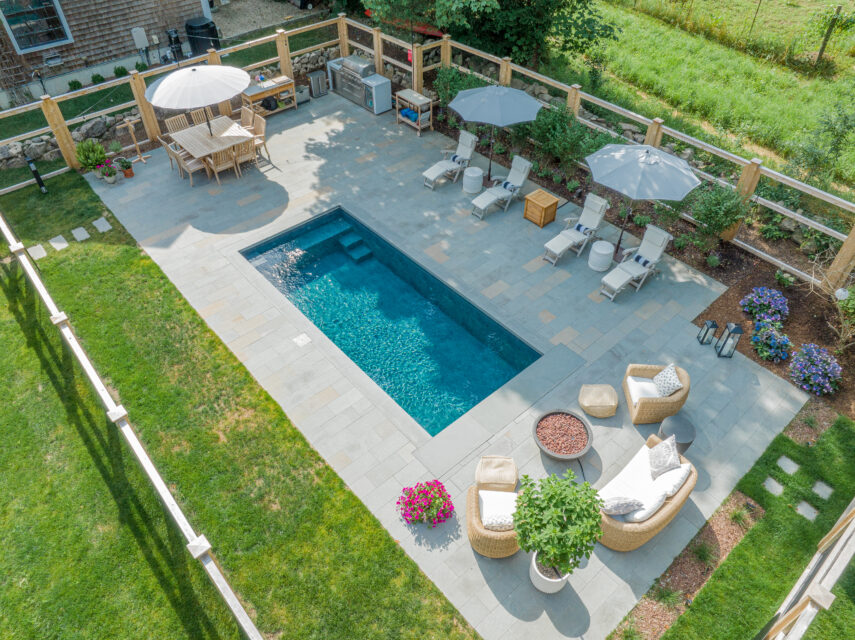
A new market segment
As for why builders should consider adding plunge pools to their portfolio, Cappiello points out that they capture a whole new segment of the market.
“There’s this population that says, ‘I don’t want a pool because it’s too expensive or it takes too much energy to maintain it,’ ” he says. “And now, if they come in kicking the tires on a spa, you can upgrade them to a pool that might fit their needs.”
Larson agrees the sky is the limit in showing people what’s possible, even those who didn’t know their backyard was big enough for a pool.
“It allows more people to bring water into their backyards by offering a smaller size,” she says. “I love that a plunge pool offers any homeowner the opportunity to have a private spa like experience in their backyard.”

